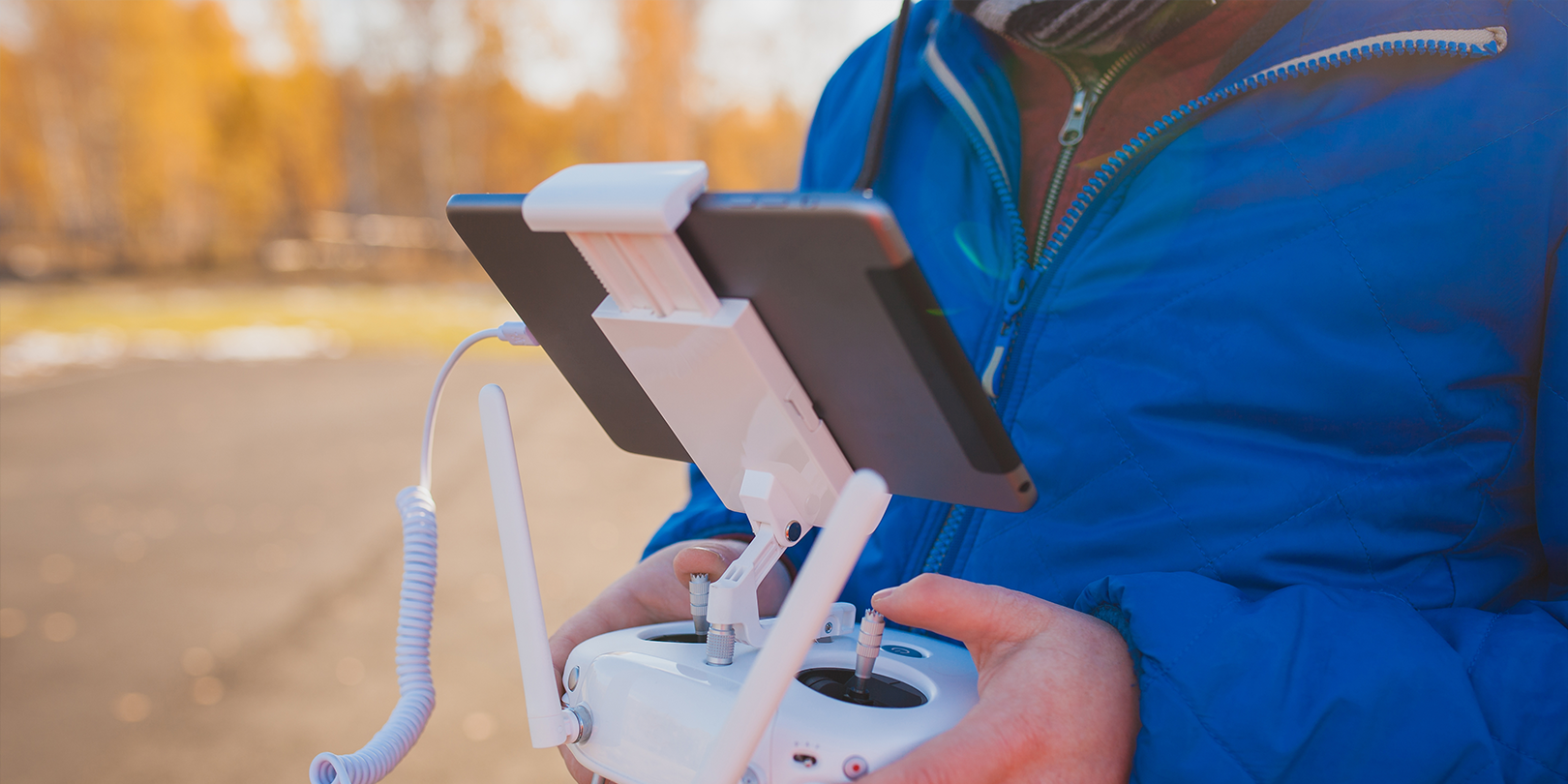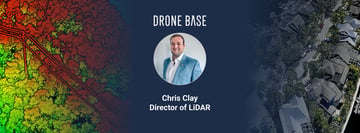We've just launched the industry's first creative augmented reality platform, AirCraft. We believe our technology has the potential inspire, educate and entertain in equal measure.
One of the more obvious potential applications for AR in the drone industry is drone pilot training. But improving pilots is about more than just time behind the controls. Here are a few ways that augmented reality could help develop a generation of skilled drone pilots in the future.
Hazard Awareness
The great thing about an AR building platform is that the sky is your oyster: you can build anything you like while collaborating with friends and colleagues.
It's easy to imagine commercial companies drawing up virtual structures for test flights and hazard awareness courses. Just imagine an oil rig in the sky. Professional drone pilots can improve their ability to avoid obstacles, react to the unexpected and ensure their flying is as smooth as possible.
Getting Better Behind the Controls
Becoming a good drone pilot isn't something that happens overnight. Getting comfortable behind the controls is, like most things, a case of practice, practice, practice.
On the one hand, it's about the situational awareness mentioned above, about knowing how to react in different scenarios. But on the other, it's just about time.
It goes without saying that higher amount of hours clocked will lead to a higher level of skill. AR platforms could be the motivation drone pilots need to engage more in their hobby. Not only does the technology make flying a more social experience. It also gives pilots another reason to take off in the first place.
Becoming accomplished in time-sensitive scenarios
Most commercial drone operations are time sensitive. That could be because drone pilots are charging by the hour, because clients need to close down infrastructure while inspections are being carried out, or simply because a client needs results, fast.
All of this means that the faster a drone operator can get the job done the better.
AR building platforms offer a way for drone pilots to speed up real-world operations. Practising on virtual structures can help them to perfect flight paths ahead of time, so that routines - whether for aerial photography or inspection purposes - become second nature.
All of this could help pilots deliver even more efficiencies compared to conventional data collection methods.
More drone pilots, more quality?
Here at DroneBase we believe that extending the hobby of flying to more and more drone pilots can only be a good thing. Augmented reality is the kind of inspiring technology that has both a practical use and plenty of entertainment value.
Anything that can make getting behind the controls of a drone a more fun experience will help to build a wider community of drone pilots. We reckon that can only be a positive thing for an industry on the rise.
From building FPV tracks in the sky to assisting commercial operations through pilot training, augmented reality has so much potential.
Keen to try out the new DroneBase AirCraft platform? We can't wait to see how the community uses these new tools. Discover how AR can change your experience behind the controls here.





